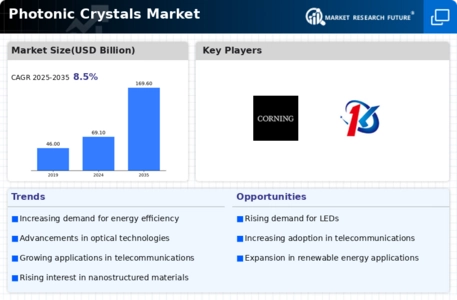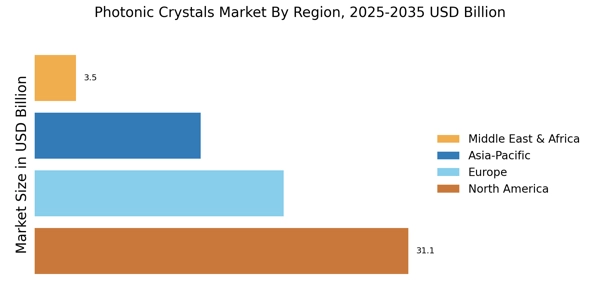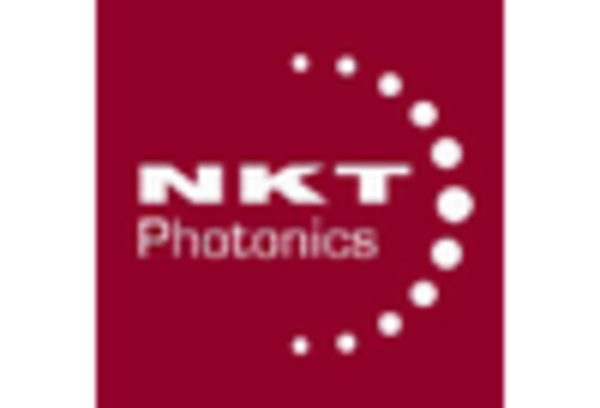Leading market players are investing heavily in advanced technologies in order to expand their 1-D Photonic Crystals Market and 2-D Photonic Crystals Market, which will help the Photonic Crystals Market, grow even more. Market participants are also undertaking a variety of strategic activities to expand their global footprint, with important market developments including new 1-D Photonic Crystals Market launches, contractual agreements, mergers and acquisitions, higher investments, and collaboration with other organizations. To expand and survive in a more competitive and rising market climate, photonic crystals industry must offer cost-effective 1-D Photonic Crystals Market.
Developing product locally to minimize operational costs is one of the key business tactics used by key players in the global photonic crystals industry to benefit clients and increase the market sector. In recent years, the photonic crystals industry has offered some of the most significant advantages to enterprises. Major players in the Photonic Crystals Market, including OPALUX INC., IPG PHOTONICS CORPORATION, CORNING INCORPORATED, NEOPHOTONICS CORPORATION, FURUKAWA ELECTRIC CO. LTD., NKT PHOTONICS A/S, GLOPHOTONICS SAS, PHOTEON TECHNOLOGIES GMBH, PHOTONIC LATTICE INC., DK PHOTONICS, and others, are attempting to increase market demand by investing in research and development operations.
Opalux Inc. is a technology company known for its innovation in the field of photonic materials and devices. Founded with a vision to revolutionize light management, Opalux has developed a range of advanced materials and products that leverage the principles of photonic crystals and nanotechnology. Their solutions find applications in a wide array of industries, including architecture, automotive, and consumer electronics. Opalux's proprietary technology enables the dynamic control and manipulation of light, making it highly sought after for applications such as energy-efficient windows, privacy glass, and smart lighting.
With a focus on sustainability and energy efficiency, Opalux is at the forefront of delivering cutting-edge solutions that enhance our interaction with light and improve the performance of various products and systems.
IPG Photonics Corporation is a global leader in high-performance fiber lasers and amplifiers for diverse applications across multiple industries. Founded in 1990, the company has pioneered the development and commercialization of fiber laser technology, enabling precision, reliability, and efficiency in laser-based systems. IPG Photonics caters to a broad customer base, including manufacturers, medical device producers, and research institutions. Their lasers and amplifiers are integral components in applications such as materials processing, medical devices, and telecommunications infrastructure.
With a strong commitment to research and development, IPG Photonics continues to innovate in photonics technology, pushing the boundaries of what laser systems can achieve while maintaining a reputation for quality and reliability in the laser industry.

















Leave a Comment